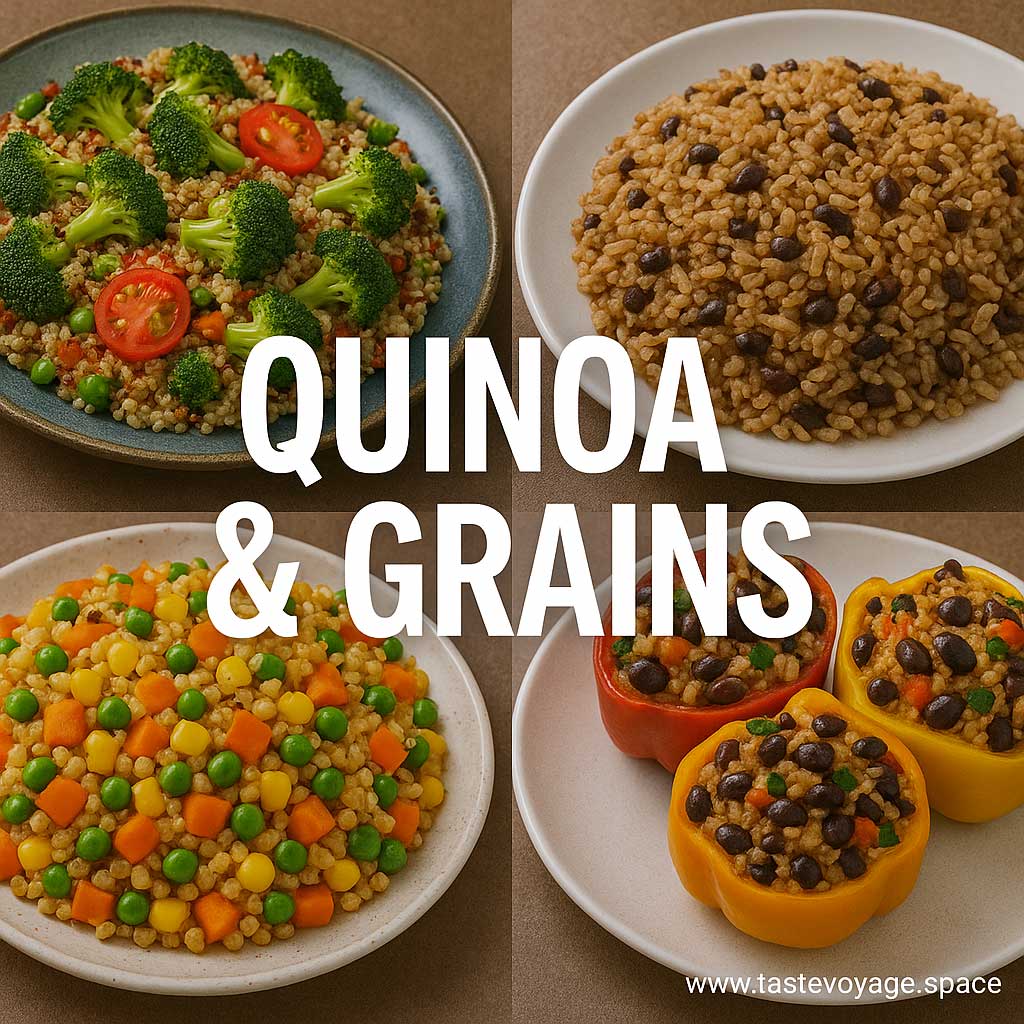Quinoa Nutrition Guide: Benefits, Facts & Recipes
Travel the World Through Food >> Peruvian cuisine>>Quinoa & Grains>> Quinoa Nutrition Guide: Benefits, Facts & Recipes
Quinoa Nutrition Guide: Benefits, Facts & Recipes
Discover the Nutritional Power of Quinoa
Quinoa has gained worldwide recognition as a superfood, celebrated for its exceptional nutritional profile and versatility in the kitchen. This tiny seed, often mistaken for a grain, is packed with protein, fiber, vitamins, and minerals, making it an excellent choice for those seeking a healthy, balanced diet. Its popularity continues to grow as people explore new ways to incorporate nutritious ingredients into their meals. Beyond its health benefits, quinoa holds a special place in culinary History and cultural appreciation, offering a unique window into the rich traditions of the regions where it originated.
Quinoa’s Cultural Significance and Historical Roots
Native to the Andean region of South America, quinoa has been cultivated for thousands of years. It holds a prominent place in the agricultural practices and traditional diets of the indigenous peoples of the Andes. For generations, quinoa served as a vital source of sustenance, supporting local communities and fostering a sense of cultural identity.
The plant’s resilience in high-altitude environments and its ability to grow in diverse soils have contributed to its longstanding importance. For these communities, quinoa is more than just food; it is a symbol of sustainability, resilience, and cultural heritage. Today, it continues to be celebrated as a “supergrain” and a cornerstone of Andean cuisine, often featured in traditional dishes that showcase the region’s rich culinary history.
The Culinary Significance of Quinoa
Culinarily, quinoa is remarkably versatile. Its light, nutty flavor and fluffy texture make it suitable for a variety of dishes, from salads and soups to main courses and side dishes. Chefs and home cooks alike appreciate its ability to adapt across cuisines and meal types.
In traditional Andean cooking, quinoa is used in hearty porridges, stuffed vegetables, and even Baked Goods. Its ability to absorb flavors enhances the dishes it accompanies, making it a favorite ingredient in both simple and sophisticated recipes. As it gains popularity worldwide, chefs continue to explore innovative ways to highlight quinoa’s natural qualities, creating dishes that are both nutritious and visually appealing.
Embracing Quinoa in Modern Food Culture
In today’s health-conscious world, quinoa’s reputation as a superfood is well-deserved. Its high protein content, including all nine essential amino acids, makes it an outstanding plant-based protein source. Moreover, its rich fiber content supports digestive health, while its supply of vitamins and minerals—such as magnesium, iron, and B vitamins—contribute to overall well-being.
Quinoa’s neutral flavor and easy preparation add to its appeal, allowing it to seamlessly integrate into various dietary patterns, including vegetarian, vegan, gluten-free, and paleo diets. Its cultural roots and culinary flexibility help foster a deeper appreciation for traditional food practices, encouraging a more mindful approach to health and nutrition.
Celebrating Quinoa’s Place in Food Culture
Overall, quinoa is more than just a nutritious ingredient; it is a cultural emblem that connects us to centuries-old traditions and sustainable farming practices. Its rise in global cuisine reflects a growing appreciation for diverse food histories and the importance of honoring traditional ingredients.
Whether you’re exploring new recipes or simply seeking wholesome ingredients, quinoa offers a beautiful blend of cultural richness and culinary versatility. Embrace this superfood not only for its health benefits but also for the stories and traditions it carries. By celebrating quinoa, we acknowledge the enduring power of food to connect us to history, culture, and each other.
